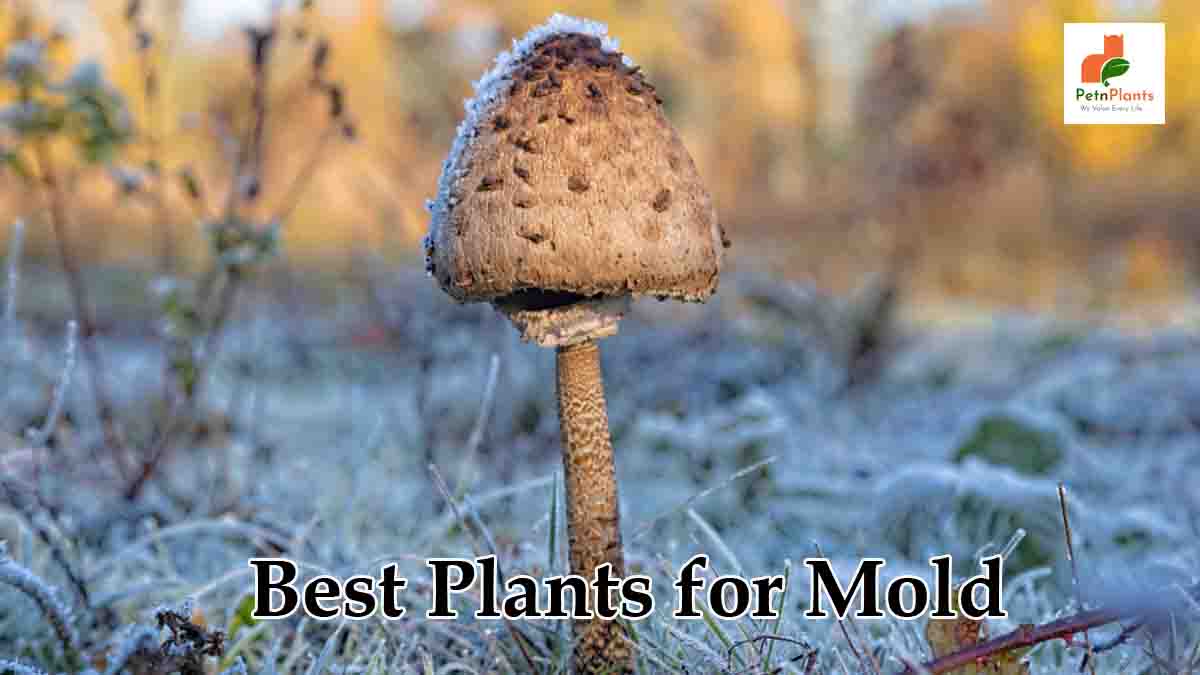How To
Latest
Pet Care
How to Groom Your Dog at Home with the Right Dog Grooming KitMarch 19, 2025
We Value Every Life

Mold and mildew are common problems in many homes, caused by moist environments and lack of ventilation. To help prevent mold from growing in your home, it’s important to select the right plants that can help combat it. In this article, we’ll delve into some of the best plants for mold, their properties, and how they can help reduce mold growth in your home. We’ll also discuss how to choose and care for these plants so you can keep your home healthy and free from fungi.
Mold is a type of fungi that can grow on almost any surface, given the right conditions. Molds are often found in damp or humid environments and can cause serious health problems if inhaled. Some molds can also produce toxins that can harm humans and animals.
There are four main types of mold: black, white, green, and brown. Each type of mold has different characteristics and requires different treatment.
Mold can be both a blessing and a curse for gardeners. On the one hand, mold can be beneficial, as it helps break down organic matter and can be used to make compost. On the other hand, mold can also be detrimental to plants, as it can cause them to rot or become diseased. Here are some of the pros and cons of mold:
-Mold helps break down organic matter, which can be used as compost.
-Mold can add nutrients to the soil.
-Mold can help control pests and diseases.
-Mold can cause plants to rot or become diseased.
-Mold can be harmful to humans and animals if inhaled.
-Mold can cause allergic reactions in some people.
There are a few things to consider when choosing plants for mold remediation:
Plants placed in areas with high humidity or poor ventilation are more likely to experience mold growth.
When it comes to planting selection, a few options work well for preventing or reducing mold growth. Cacti and succulents are excellent at absorbing water and can help to keep the air around them dry. If you live in an area with high humidity, these plants can be a great addition to your home. Ferns, however, should be avoided as they harbor mold spores. Spider plants are also good at absorbing water and can help to keep the air around them dry. They are also one of the easiest plants to care for, making them a good option for those who don’t have much time to devote to plant care.
Mold is a fungus that can grow on plants and animals. It usually appears as a black, green, or white fuzzy growth on surfaces. Mold can cause allergic reactions in some people and is also linked to asthma and other respiratory problems.
While mold is a natural part of the environment, too much can be harmful. If you have mold growing in your home, you’ll want to get rid of it as soon as possible. Here are some tips for getting rid of mold:
When it comes to plants for mold, quite a few options are available. We have outlined some of the best plant choices for dealing with mold in your home or office. These plants are ideal because they can help reduce the mold spores you come into contact with and purify indoor air quality. These plant recommendations should be taken seriously for those looking to add more green life into their environment and combat any existing mold issues.
Pet N Plants, a passionate group of authors who are devoted pet and nature enthusiasts. With over 15 years of experience in pet and plant care, our authors bring a wealth of knowledge and a deep love for all things flora and fauna. Each member of our team is dedicated to sharing insightful tips, detailed care guides, and the latest trends to help you nurture your beloved pets and plants. Whether you're a seasoned gardener or a pet parent, our experts are here to support your journey in creating a thriving, vibrant home environment for all your living companions.
0